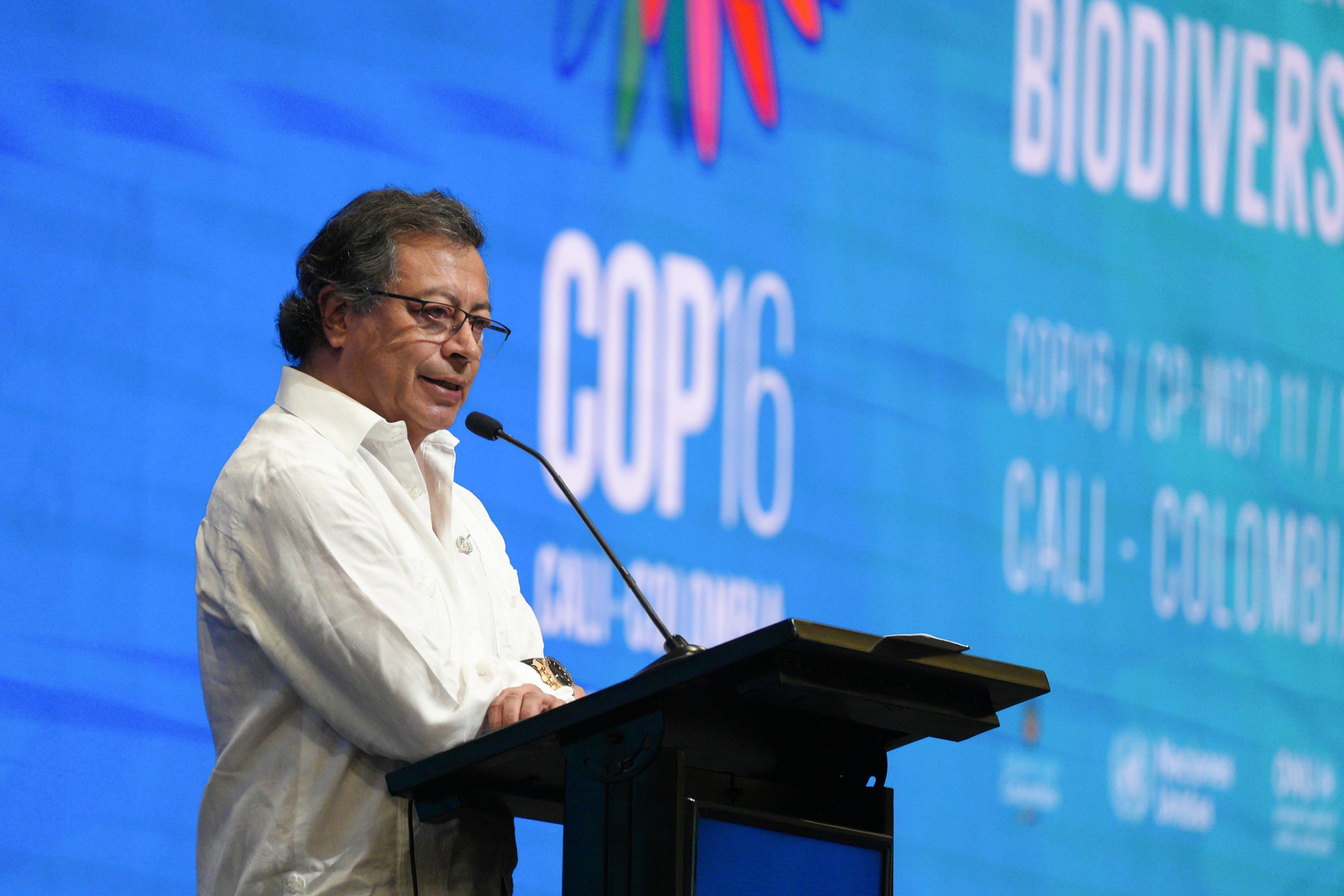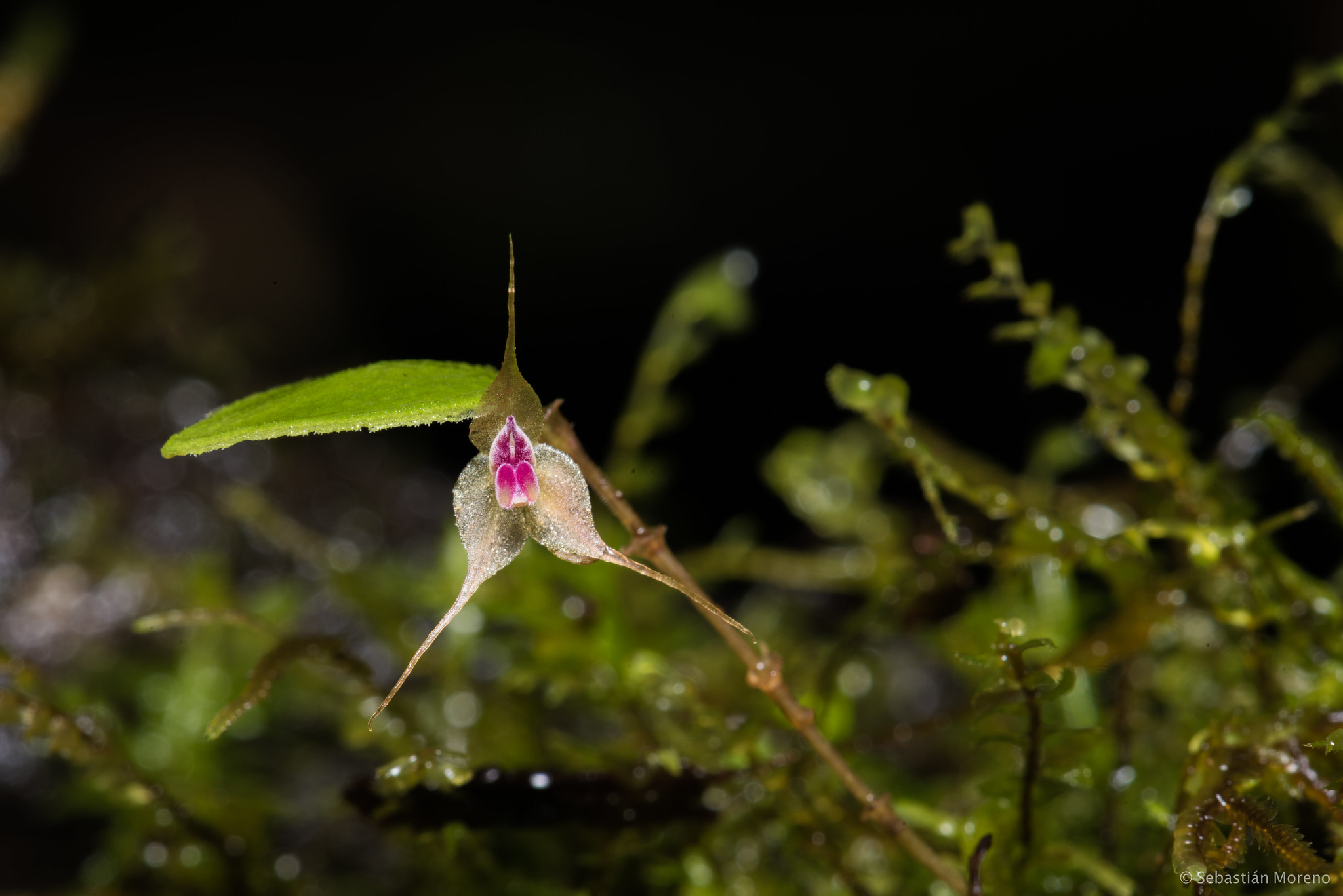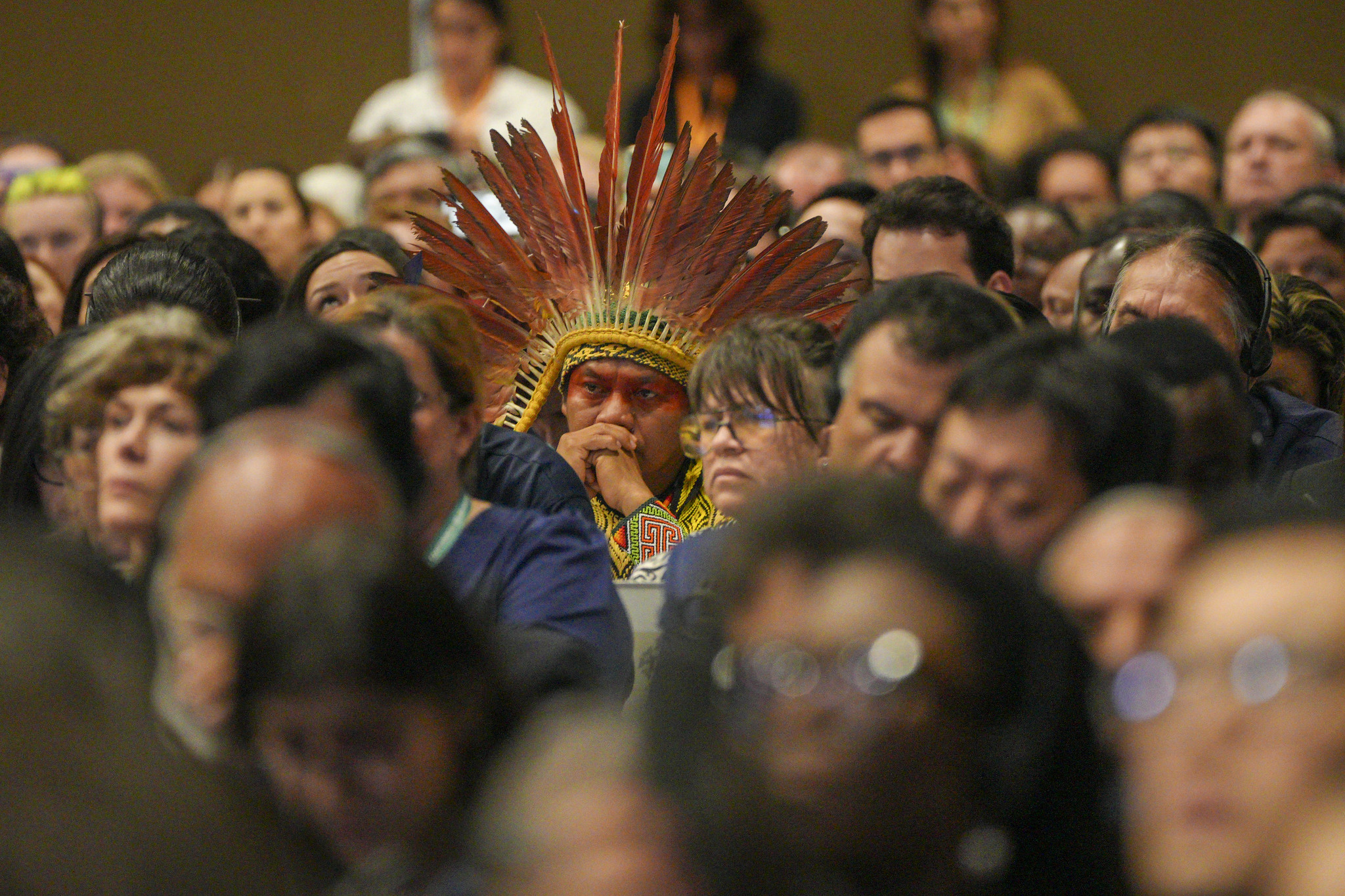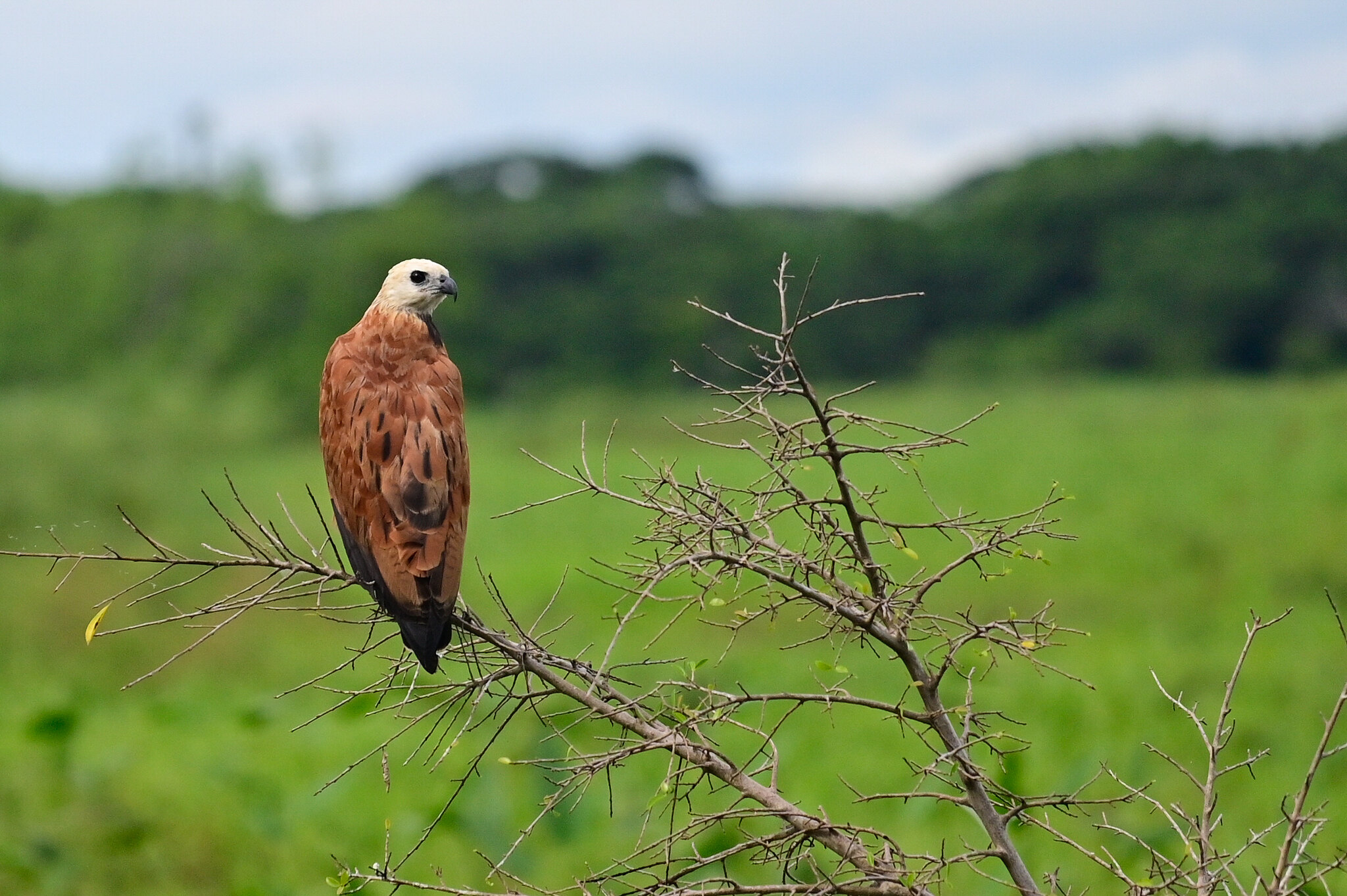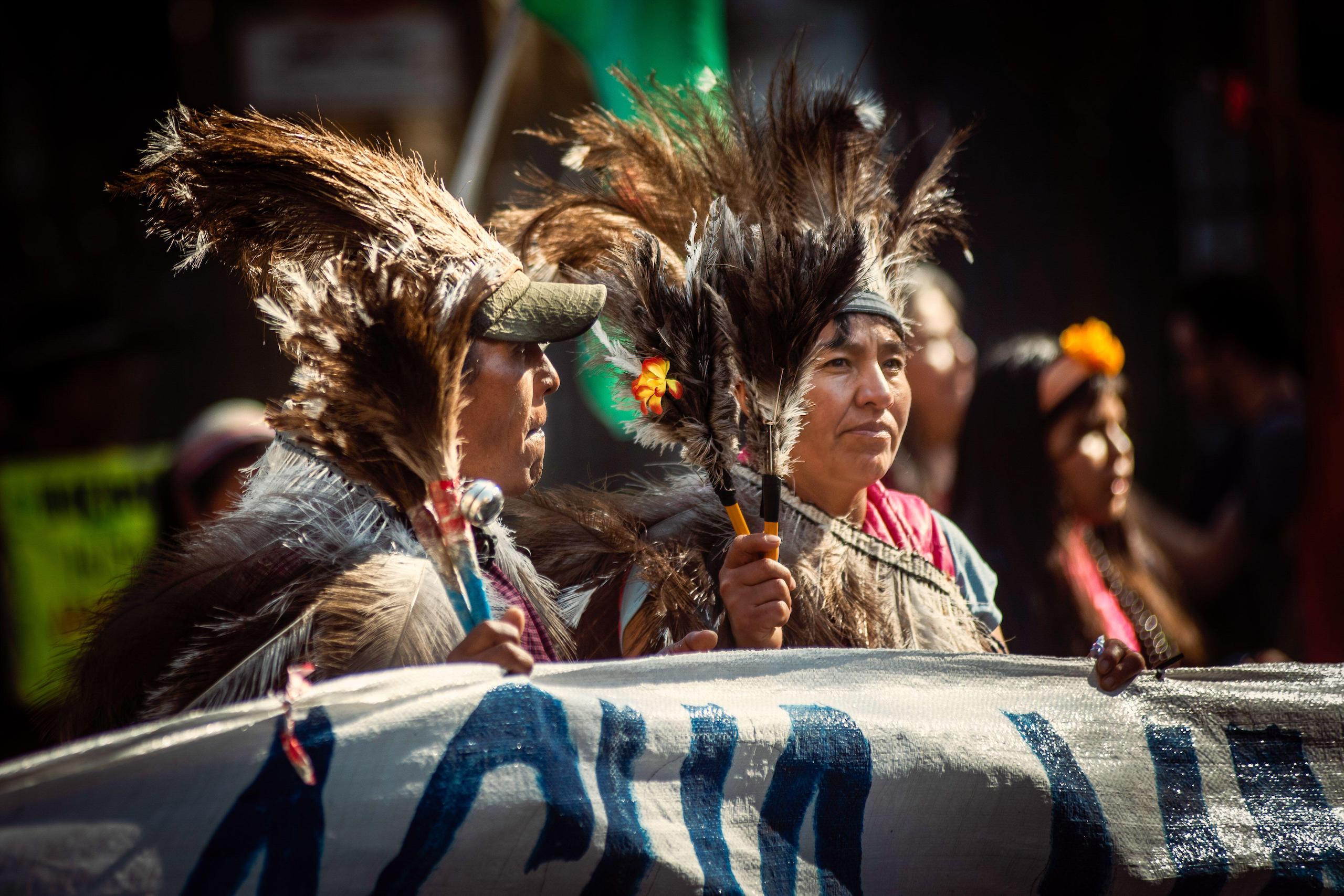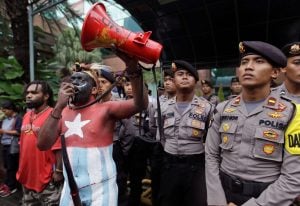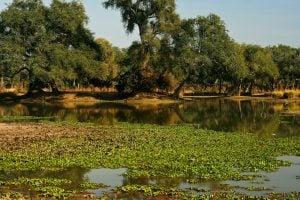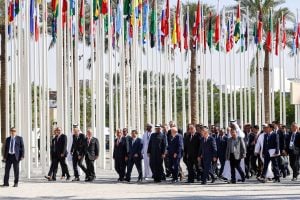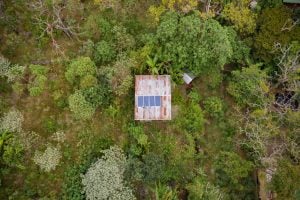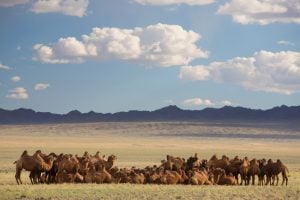The COP16 biodiversity summit in Colombia came to a close on Saturday with several key issues left unsettled, as discussions between countries on how to finance biodiversity protection were brought to an abrupt halt after negotiations had extended through the night.
Despite a failure to strike an agreement on such funding, observers say the two-week summit has delivered concrete progress on other issues, and brought attention to the importance of protecting nature.
In 2022, at the COP15 summit in Montreal, the 196 signatory countries of the United Nations’ Convention on Biological Diversity (CBD) agreed on a new Global Biodiversity Framework (GBF). There, 23 targets were set to be met by 2030, including achieving at least 30% protection of both terrestrial and marine areas.
Two years later, the focus at COP16 was on the implementation of the GBF and its financing, especially for developing countries.
“While actions need to be more ambitious and decisions need to move faster, we are not leaving Cali empty-handed,” said Patricia Zurita, strategy director at Conservation International.
Biodiversity funding
To achieve the GBF targets and drive action for biodiversity conservation, significant sums of money are needed, and the funding that has currently been mobilised is not enough: the annual funding gap is estimated at USD 700 billion. This is why discussions of finance occupied such a prominent role at the COP.
Biodiversity funds are today mostly channelled through the Global Environment Facility (GEF), an international body that also channels other environmental funds. However, developing countries have questioned the effectiveness and bureaucracy of the GEF and are pushing for the creation of a new fund under the governance of the COP itself.
Colombia, in its role as summit chair, submitted a draft text proposing the creation of the fund. However, countries from the Global North, including from the European Union and Canada, said they would not support it and asked to postpone discussion of the issue until COP18 in 2028.
The summit had been due to close on Friday, but after back-and-forth arguments and 12 hours of extended overnight negotiations, by Saturday morning, many delegates had already needed to depart to catch flights from the host city of Cali. With more than half of countries withdrawn, the meeting lost quorum and was suspended.
This means that COP16 is not officially over and discussions over the outstanding issues will need to be resumed, which is likely to happen next year at an inter-sessional meeting.
“This is regrettable considering the urgent need to ensure that funds get to where they are most needed to halt and reverse the loss of nature,” said Nina Seega, director of sustainable finance at the Cambridge Institute for Sustainable Leadership. “We need political leadership and a spirit of commitment.”
A fund for genetic resources
One of the main advances was the creation of the Cali Fund for the sharing of benefits arising from the use of plant and animal genetic resources, and the management of digital sequence information (DSI) about them.
Genetic information from plants and animals has tended to be obtained in developing countries by companies from the Global North, and is then used to produce products such as cosmetics and food. This is why developing countries have called for the creation of an international mechanism to ensure that the benefits of DSI are shared equitably with the people living in the places where the resources are obtained.
At COP16, countries agreed to create a DSI fund to which companies that use genetic resources “should”, the agreement states, contribute 1% of their profits or 0.1% of their revenues. Companies in eight sectors will be encouraged to do so, including pharmaceuticals and cosmetics.
Oscar Soria, director of the NGO Common Initiative, welcomed the creation of the fund but raised questions over whether these corporate contributions should instead be mandatory. “The effectiveness of the mechanism will depend on the willingness of the global community to support it and on companies’ recognition of the value of participating for reputational gains,” Soria said.
Health and biodiversity
COP16 also saw the adoption of a biodiversity and health action plan, a set of voluntary measures to address interconnected threats to human, ecosystem and animal health. The plan calls for health impacts to be assessed in land-use planning, for disease monitoring where habitat loss is rapid, and for stricter rules on wildlife trade.
“Millions of people died and suffered from the Covid-19 pandemic, and this plan is charting an excellent path to fully embrace the integration and interconnectedness of biodiversity and health,” said Susan Lieberman, vice president for international policy at the World Conservation Society. “There can be no prevention of future zoonotic pandemics without the protection and ecological integrity of nature.”
Greater role for Indigenous peoples
Another of the COP’s goals was for Indigenous peoples to be recognised as “fundamental actors in the care of biological diversity”, as Colombian environment minister and conference president Susana Muhamad declared days before the meeting. She called for more than words and speeches, and the achievement of certain actions that could support the work of these populations.
While it is still a first step and much remains to be done, the COP in Cali will be remembered for securing a position for local communities and Indigenous peoples in a permanent working group in CBD negotiations. Representatives will become part of a subsidiary body, with political influence in the negotiations and access to international resources.
This new working group is the third to be created under the CBD, alongside the Implementation Working Group and the Scientific, Technical and Technological Advice Working Group.
In this regard, Jennifer Corpuz, one of the lead negotiators of the International Indigenous Forum on Biodiversity (IIFB), stressed that this is a “historic moment in the history of multilateral environmental agreements”, as it “will not only enable strong partnerships between governments, Indigenous peoples and local communities, funders and other stakeholders to strengthen the implementation of the CBD and the GBF, but will also provide a high-level platform to further highlight the contributions of Indigenous peoples and local communities to protecting the planet and share experiences.”
The next steps for the working group will now await further discussion at CBD’s intersessional meeting next year.
National biodiversity plans
COP16 was also expected to make progress on the implementation of the GBF. To this end, most countries were expected to submit their national biodiversity plans before and during the conference. However, so far, only 44 of the 196 CBD member countries have submitted them – including seven from Latin America.
“The plans are the main instrument to bring to the national level the goals that the international community agrees on in multilateral fora,” said Ana di Pangracio, deputy executive director of the Environment and Natural Resources Foundation (FARN), an Argentine NGO. “Implementation must be accompanied by funding and a monitoring framework.”
Host nation Colombia was among those to announce its national biodiversity plan, which the government estimates will cost USD 19.4 billion to implement. Among the goals are that by 2030 the country should have 34% of its territory (both land and sea) under some form of protection, that 3% of GDP should come from biodiversity, and that 5 million hectares of land should be recovered for sustainable use.
Mexico also presented a plan with 48 goals that address invasive species control, ecosystem restoration and sustainability, among other issues, in sectors such as agriculture and livestock. Alicia Barcena, the country’s environment secretary, told Dialogue Earth that the government will promote the creation of more terrestrial and marine protected areas.
Peru, Suriname, Venezuela and Argentina also presented their biodiversity plans. In the case of Argentina, the country proposes to guarantee measures to halt the causes of species extinction, land management and the sustainable management of productive areas. However, the plan does not give details of its financing and avoids talking about climate change, in line with the denialism expressed by its president, Javier Milei, on repeated occasions.
“We appreciate the country’s compliance in presenting its updated plan. However, we are concerned about some points,” said Manuel Jaramillo, director general of Fundación Vida Silvestre, the Argentine representative of the World Wildlife Fund. Jaramillo questioned the lack of intermediate targets and indicators to measure progress in the implementation of the plan.
Marine protected areas
Ecologically or biologically significant marine areas (EBSAs) are recognised by the CBD as special areas that “serve important purposes for the proper functioning of the oceans and the many services they provide”. In 2008, a process was launched to identify them based on scientific criteria such as their uniqueness and biological diversity.
EBSA designation does not necessarily entail any management measures or restrictions on activities: it is simply recognition of the biological or ecological importance of an area. However, the information used to describe EBSAs can also be very valuable for conservation and management.
In Cali, a framework for identifying and updating EBSAs was created, which includes guidance on the identification and modification of EBSAs, allowing for revision of existing zones as scientific information emerges.
Colombia pushes for fair minerals
Several governments and NGOs in Cali called for a special focus on the energy transition and its linkages with nature and biodiversity. Given that minerals such as copper and lithium will be needed for the production of wind turbines, batteries and other infrastructure, the Colombian government launched a proposal for a global agreement for the traceability and commercialisation of the minerals supply chain, which will try to avoid the negative impacts that mining has brought in recent decades.
“One only has to look at the gold sector to realise the detrimental effects [of mineral extraction] on biodiversity and local communities,” said Suneeta Kaimal, CEO of the NGO Natural Resource Governance Institute (NGRI), who hopes that this agreement will prevent situations like “illegal gold mining in the Amazon rainforest that has led to the deforestation of more than 1.9 million hectares.”
With the aim of avoiding similar mistakes and to propose a future with more sustainable and responsible mining, this agreement proposes that countries commit to promoting measures that seek to protect areas of high biodiversity, and calls for greater attention to the entire production and supply chain, ensuring legality and the protection of human rights.
To this end, over the next year the Colombian government has pledged to lead the working group that will present the proposal for a binding international agreement at the United Nations COP30 climate change conference in Belém, Brazil, in 2025, with which it hopes to build a fairer global market.
“We must have an attitude of respect for biodiversity and protect local communities from the undesirable effects of the demand for critical minerals,” Marina Silva told a press conference at the COP16 summit.
The Escazú Agreement
Discussions at the COP16 summit also drew attention to complementarity between the GBF and the Escazú Agreement, the first regional environmental agreement in Latin America and the Caribbean, which has already been ratified by 17 countries and entered into force in 2021. Target 22 of the GBF, for example, refers to ensuring participation in decision-making and access to justice and information in relation to biodiversity, and recognises the role of environmental defenders and the need to protect them – the same objectives as Escazú.
The agreement played a prominent role at the COP, with numerous events organised by host Colombia and civil society organisations. For Gustavo Ortega, president of the Mexican Environmental Law Centre (CEMDA), Escazú can serve as a guide for the implementation of some of the goals of the GBF. “If there is full access to information in a timely and understandable manner for communities, it is easier to meet the goal of equitable sharing of benefits derived from the use of genetic resources,” he said.
Integration of environmental crises
So far, biodiversity and climate change have been discussed in two distinct UN conferences, with member countries’ plans and policies not necessarily linking to each other. In Cali, the Colombian government and civil society representatives sought to promote a change in this relationship, called for on scientific grounds.
Countries agreed on a conference paper to identify synergies between biodiversity and climate change actions, to minimise the negative impacts of climate action on biodiversity, and to promote nature-based solutions. While earlier drafts of the paper included references to fossil fuels and geoengineering these were later removed.
We have agreed that we need to look for more effective connections between biodiversity and climate. We have to change the system we are in and connect themManuel Pulgar Vidal, global climate and energy practice lead, WWF
“Since COP25 [on climate change in 2019] we have agreed that we need to look for more effective connections between biodiversity and climate. We have to change the system we are in and connect them,” said Manuel Pulgar Vidal, global climate and energy practice leader at WWF.
In the same vein, in his presentation in Cali, António Guterres, secretary-general of the United Nations, called for the two issues to not be kept separate, saying that they are in fact one and the same.
“We have to accept that we are facing three existential crises: biodiversity, climate and pollution. And all three are interconnected. You cannot address the biodiversity crisis without addressing the others, and condemn the world to a situation of extreme environmental poverty,” Guterres said.
In that sense, the upcoming COP29 climate change conference is seen by some as an opportunity to make that necessary link. From 11–22 November, governments will meet in Azerbaijan with talks over an agreement on a new climate finance target high on the agenda. It is estimated that between USD 5.8 trillion and USD 13.6 trillion is needed cumulatively by 2030, in order for countries to meet their commitments on greenhouse gas reductions and climate adaptation under the Paris Agreement.
